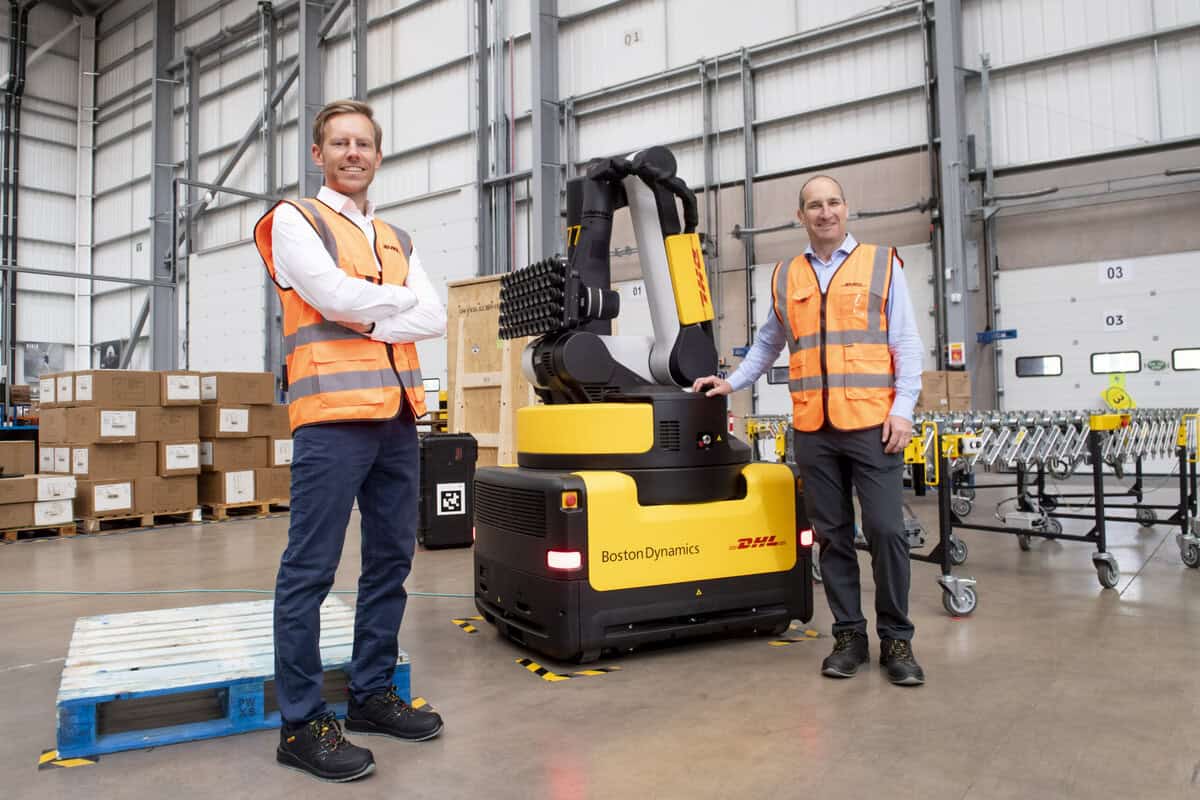The RetailX Sector Analysis Report: Furniture 2021 examines the $1.33trn furniture sector from a strategic and commercial point of view.
Inside, we look at how the sector is growing, with pureplays, marketplaces and out-of-sector retailers all joining in – as well as exploring sustainable production as a key driver in the market.
Digital Editor, Scarlette Isaac, shares some of the main drivers of growth in the global furniture industry.
1. AR, VR AND MR
One of the key trends ushered in by this increasing use of mobile in ecommerce has been the deployment of augmented reality (AR), virtual reality (VR) and a combination of the two known as mixed reality (MR).
For clarity, AR relies on overlaying virtual items on a camera image of the real world, VR relies on creating a 3D virtual image and MR brings the two together to create virtual worlds and overlay realworld and virtual items.
These technologies have been around since the 1990s and have struggled to find a home. They have been tried on TV, bespoke headsets and even glasses, however it is the smartphone where they have come into their own.
The combination of a screen, web access, powerful processors and a built-in camera make smartphones ideal for overlaying or creating virtual worlds and placing items in them.
And this has proved a boon for furniture: hold up your AR enabled phone over your room and virtually place the furniture items you are looking to buy in situ. Alternatively, create a virtual rendering in VR of your home, totally redecorate it and then place virtual furniture in it. Or do both together using MR.
It is already very popular. According to research, 94% of US shoppers are already using AR for shopping, with furniture the most popular sector for its use, with 60% of consumers using it, ahead of apparel 955%) and groceries (39%). In fact, 40% of shoppers say they would pay more to use it, 61% prefer to shop with retailers that offer AR and 71% would return to a retailer that had good AR more often. The advantages of AR are clear: they allow for try-before-you-buy: something of a lacuna in the online purchasing of furniture. AR also allows for increased levels of customisation of products being ordered. It can also be used in-store to share tips and information around products. VR and MR are harder to quantify as they are more nascent technologies in retail, with slightly different applications. These require much higher processing power and are yet to be fully realised as tools. However, the combination of VR with AR – to create MR – is coming and, with the furniture sector already leading the way in terms of AR uptake and approval, is likely to land in this sector very early in its rolls out.
2. Recycling and the second hand market
Nine million tons of furniture ended up in landfill worldwide in 2019 with a third of UK households throwing away reusable furniture every year. Many consumers are starting to act to reduce this, with younger shoppers increasingly looking at how to recycle and reuse furniture.
This has created a vast second-hand market for furniture, with the second hand furniture market is predicted to grow by around 6% between 2019 and 2024, with affordability the key driver, but also the growing concern over environmental aspects of the industry also pushing it forward.
Recycling around furniture is also becoming an important growth driver, with consumers looking to recycle old furniture by renovating and reusing it, as well as the homewares industry itself seeking to recycle the materials used in discarded homewares.
Increasingly, charity shops and even some retailers are looking at how they too can play a role in the process of recycling and re-selling, led by Ikea, which has set up a scheme in the UK that encourages shoppers to sell their unwanted furniture back to the store for resale.
3. Covid-19
The Coronavirus pandemic has had a profound effect on retail across the board. Lockdown has been particularly kind to furniture retailers as it has seen people stuck at home – and working from home – looking to revamp their environment, not least to make it look good on Zoom calls.
That is not to overlook that initially the pandemic hit many furniture retailers hard. Economic uncertainty saw many consumers actively shy away from making furniture and homeware purchases.
However, as the lockdowns rolled on, consumers found themselves shut in, working and living at home and many sought to bring themselves a little joy by redecorating and rejuvenating their homes. The move to online video conferencing for work also inspired many to create new home-working spaces.
Together, this has seen furniture retailers start to get a boost as the lockdown rolled on. With many hurriedly improving their digital offerings, their delivery systems and their click and collect processes, the sector saw a bounce-back as 2020 rolled on. Pureplay online furniture retailers also saw this uptick as their online model was suddenly very well placed to service this new market. According to research, in the early part of the lockdown in the UK, online order volumes in homes and garden retailers went up 55%.
However, further analysis finds that across the board while online purchases have risen, the amount being spent has dropped in 2020. Data from October 2020 from consumers in Brazil, China, Germany, Italy, the Republic of Korea, Russian Federation, South Africa, Switzerland and Turkey, finds that for furniture, online sales rose by 7% – with tools and gardening rising separately by 9% – however, furniture spend across the same period dropped by 53%.
This analysis was originally featured in the Furniture report 2021. For further insight into this a trillion-dollar market, including additional growth vectors, regional variants and company profiles, download the full report here.









